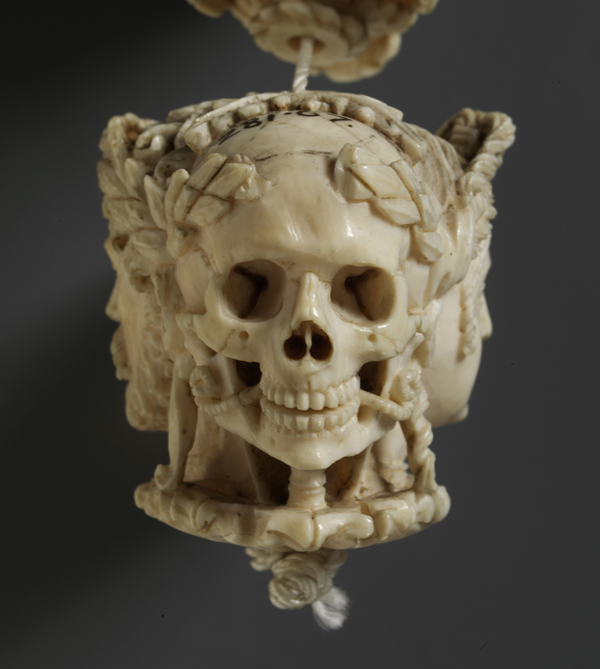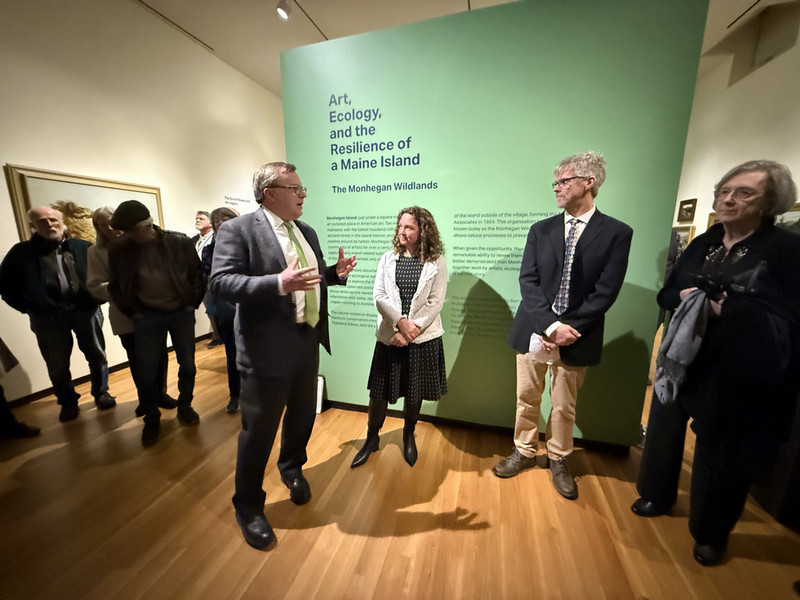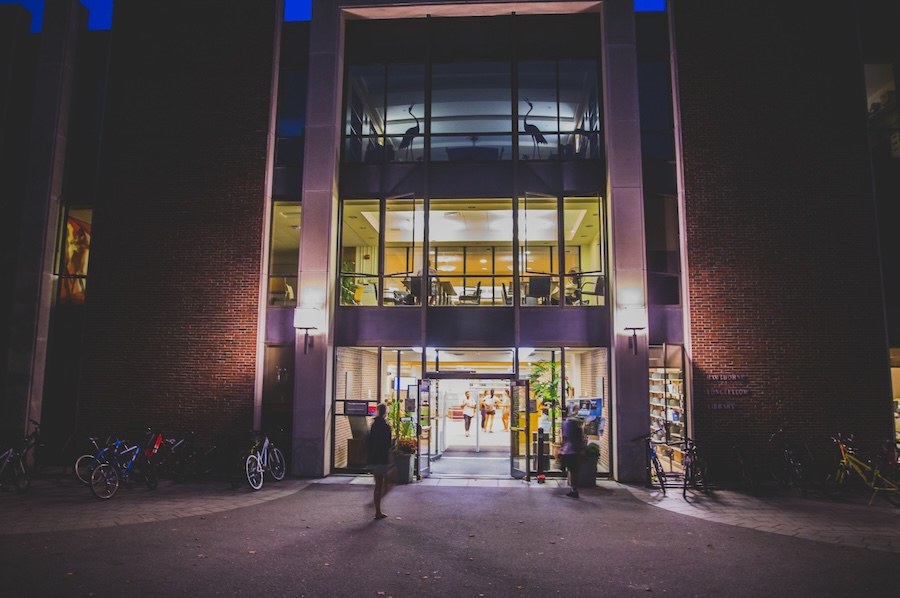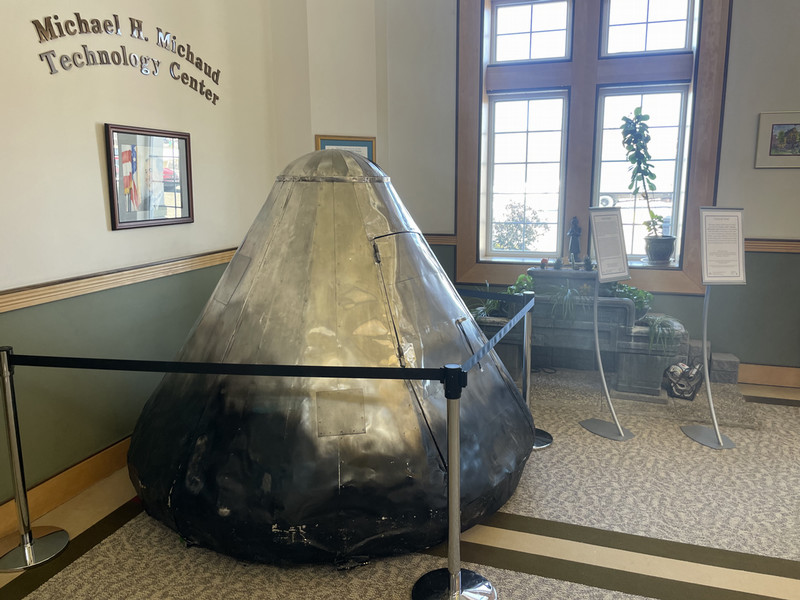Peering into “The Ivory Mirror: The Art of Mortality in Renaissance Europe”: A Semester of Reflections Ahead
By Bowdoin College Museum of Art
In celebration of The Ivory Mirror: The Art of Mortality in Renaissance Europe, the fall semester features an exciting spectrum of programs that will offer fresh insight into the rise of the memento moriin early Renaissance Europe. While we recognize the Renaissance as an age of exceptional human progress and artistic achievement, macabre images proliferated during this period. In this exhibition, unsettling depictions of Death personified, of decaying bodies, of young lovers struck down in their prime take center stage. This provocative imagery runs riot in the remarkable array of artworks featured here. Precious objects—from ivory prayer beads to gem-encrusted jewelry to exquisitely carved small sculptures—present us with an aspect of this era that is at once darker and more familiar than we might have expected.
The now familiar imagery of skulls and crossbones—which appears in everything from playful jack-o-lanterns, to the stern warnings against danger, to elegant jewelry or clothing design, to works of fine art—first came to prominence five centuries ago at the dawn of the Renaissance. The complexity of this imagery, which urges us to be cognizant of our mortality, also reminds of what it means to live. How can we grapple with the challenge of making personal choices that take into account our responsibilities, but also enable us to savor the moment? Clearly these are questions that resonate as much today as they did five centuries ago.
An engaging and diverse array of lectures, book and movie salons, and musical concerts will shed new light on The Ivory Mirror, and the many intriguing questions it raises. Collector Sir Paul Ruddock shares his reflections on the power of medieval ivories, while a panel discussion with Stephen J. Knerley, Jr., Genevieve LeMoine, and Stephen Perkinson considers the complexities of exhibiting ivory today. Historian Thomas Laqueur addresses “The Work of the Dead,” considering why the living invest so deeply in the care of the deceased, while artist and historian Joanna Ebstein explores the intersections of art and medicine, death and culture. Book discussions will look at the role of the memento moriin Shakespeare’s Hamlet, and the important ways in which an awareness of death helps shape our perspective on life, as illuminated in Atul Gawande’s Being Mortal. A series of film programs will explore the persistence of representations of the “living dead” in cinema, while musical programs by George Lopez and Blue Heron will immerse us in the acoustical culture of the early Renaissance and the music of remembrance.
A rich confluence of interdisciplinary offerings provides a broad range of vantage points from which to view the fascinating and provocative works gathered together in The Ivory Mirror. Come join us, and share your own reflections.



